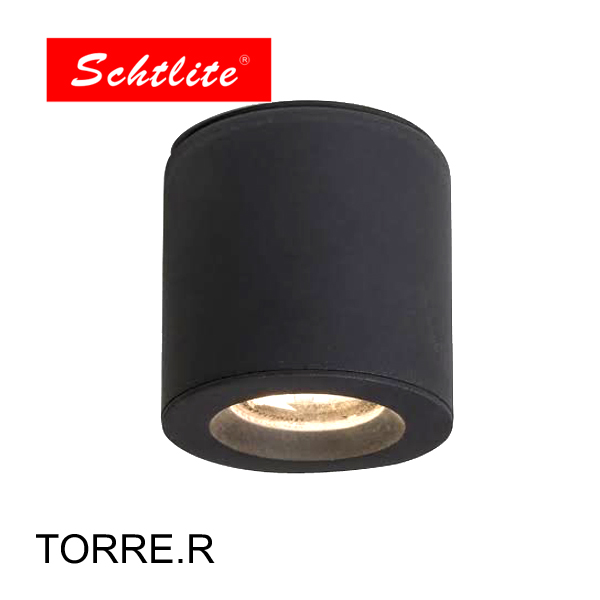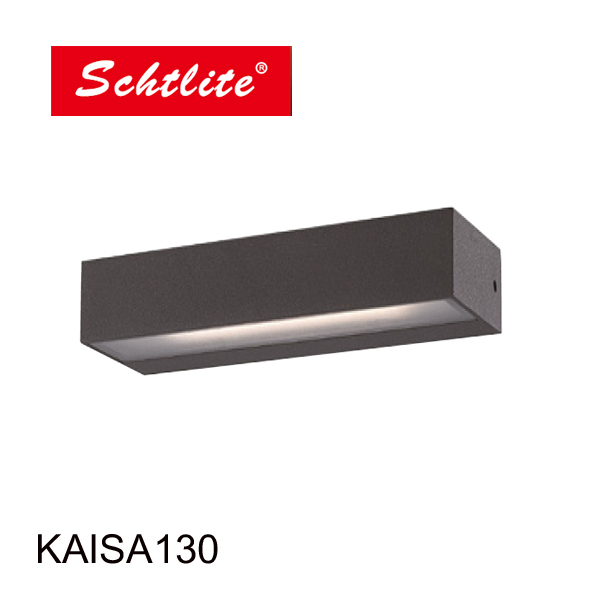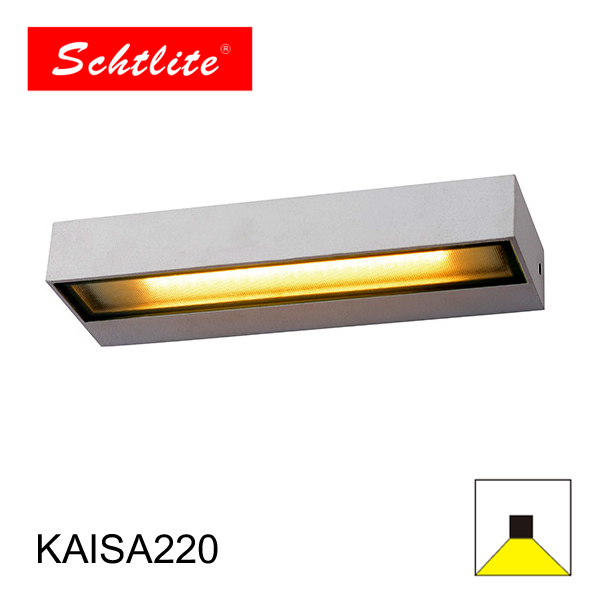1.Low Power Consumption: LED wall ceiling lighting fixtures are renowned for their exceptionally low power consumption, making them highly energy-efficient lighting solutions. Compared to traditional lighting technologies like incandescent or fluorescent bulbs, LEDs consume significantly less electricity while providing comparable or even superior illumination. This efficiency stems from the way LEDs convert electrical energy into visible light, with minimal energy lost as heat. As a result, LED lighting fixtures help reduce electricity bills and overall energy consumption, making them an eco-friendly and cost-effective choice for indoor lighting applications.
Furthermore, the low power consumption of LED wall ceiling lighting fixtures contributes to sustainability efforts by decreasing the demand for electricity from power plants. This reduction in energy demand can help mitigate greenhouse gas emissions associated with electricity generation, leading to environmental benefits such as lower carbon footprints and reduced reliance on fossil fuels.
2.High Luminous Efficacy: LED wall ceiling lighting fixtures boast high luminous efficacy, meaning they produce more lumens of light output per watt of electricity consumed compared to conventional lighting sources. This efficiency allows LEDs to deliver ample illumination while using less power, resulting in significant energy savings over time. With advancements in LED technology, modern fixtures can achieve even higher luminous efficacy, maximizing the efficiency of energy utilization and further reducing energy costs for users.
The high luminous efficacy of LED lighting fixtures also contributes to improved lighting quality and visual comfort. By providing bright and uniform illumination with minimal energy consumption, LED wall ceiling lighting enhances visibility and creates a comfortable indoor environment for occupants. This combination of energy efficiency and lighting performance makes LED fixtures a preferred choice for various applications, including residential, commercial, and industrial settings.
3.Long Lifespan: LED wall ceiling lighting fixtures are known for their exceptionally long lifespan, far exceeding that of traditional lighting sources. LEDs can operate for tens of thousands of hours before reaching the end of their usable life, reducing the frequency of replacements and maintenance requirements. The longevity of LED fixtures not only saves time and effort associated with lamp replacements but also minimizes the environmental impact of discarded lighting components.
Longer lifespans also translate to lower lifecycle costs for LED wall ceiling lighting systems. While LED fixtures may have higher upfront costs compared to traditional alternatives, their extended operational lifetimes result in lower total cost of ownership over the long term. Additionally, the durability and robustness of LED technology make it well-suited for demanding environments where frequent maintenance or replacement would be impractical or costly.
4.Instantaneous Start-Up: LED wall ceiling lighting fixtures offer instantaneous start-up, reaching full brightness immediately upon being switched on. Unlike traditional lighting sources that may require a warm-up period to achieve maximum illumination, LEDs provide instant light output, improving user convenience and efficiency. This rapid start-up time eliminates the need to keep lights on for extended periods to avoid frequent switching, further enhancing energy efficiency and reducing unnecessary power consumption.
The instantaneous start-up of LED fixtures is particularly beneficial in applications where lighting is frequently turned on and off, such as in commercial spaces, offices, or corridors. By providing immediate illumination when needed, LED wall ceiling lighting contributes to energy savings by ensuring that lights are only used when required, without sacrificing user comfort or convenience.
5.Directional Lighting: LED wall ceiling lighting fixtures offer directional lighting capabilities, allowing for precise light distribution and control. Unlike traditional bulbs that emit light in all directions, LEDs can be designed to direct light precisely where it's needed most, minimizing wasted light and optimizing energy efficiency. By focusing light output on specific areas or tasks, LED fixtures ensure maximum visibility and illumination effectiveness while minimizing energy consumption.
Directional lighting also enables designers to achieve specific lighting effects and aesthetics in indoor spaces. Whether highlighting architectural features, accentuating artwork, or creating focal points, LED wall ceiling lighting fixtures provide versatile options for achieving desired lighting outcomes. By directing light precisely where it's needed, LEDs enhance visual interest and ambiance while conserving energy and reducing lighting-related costs.







